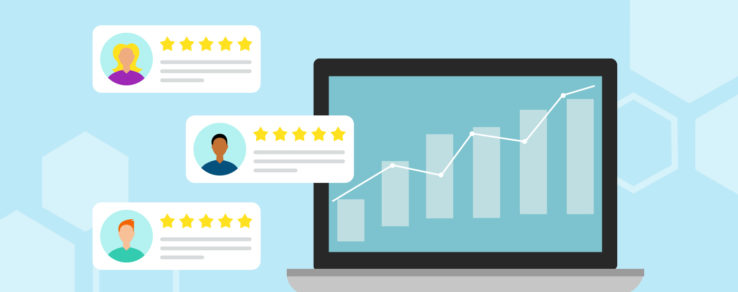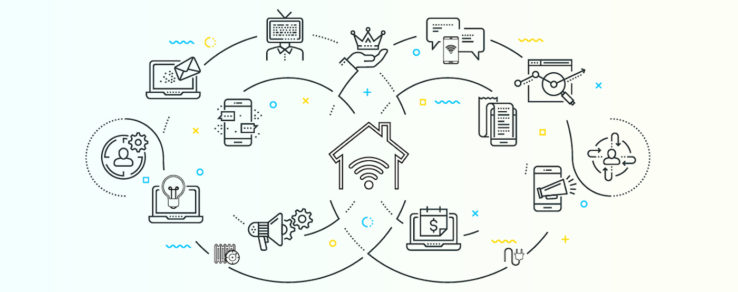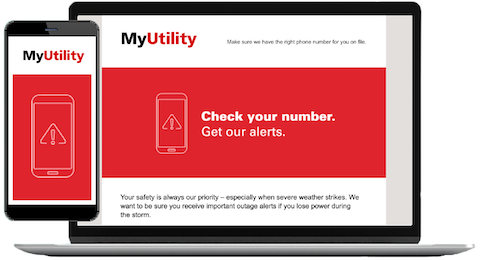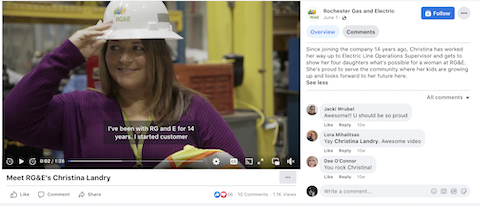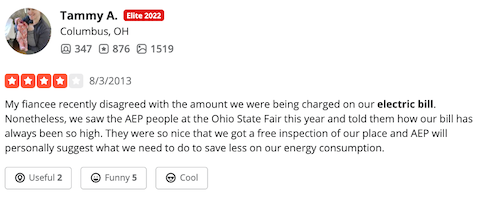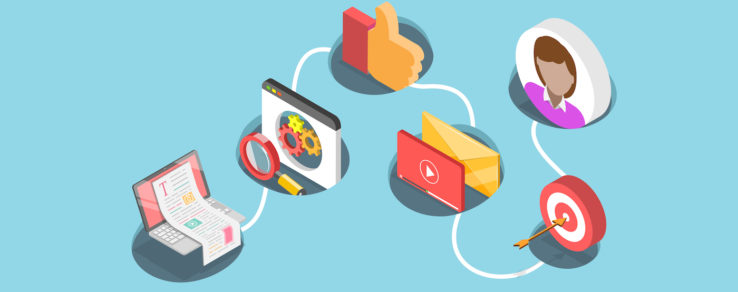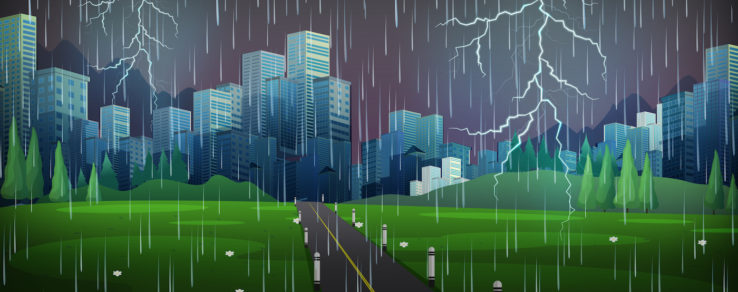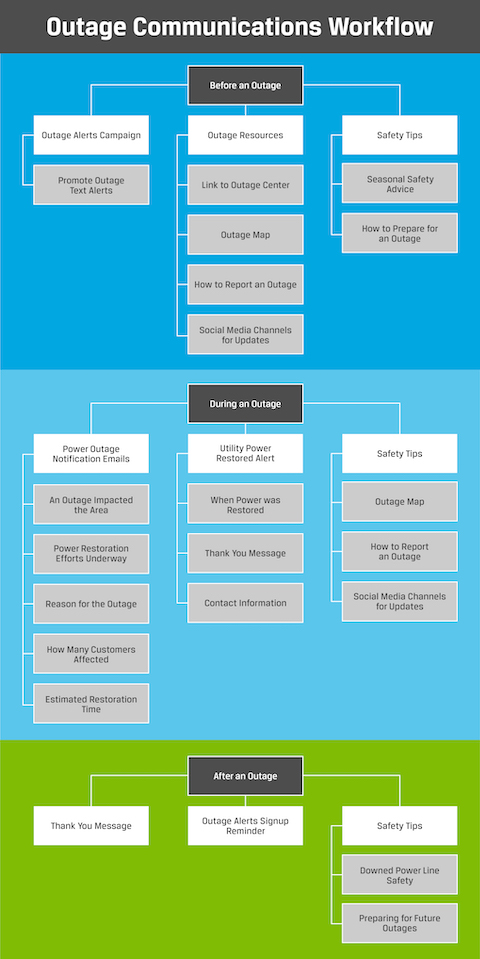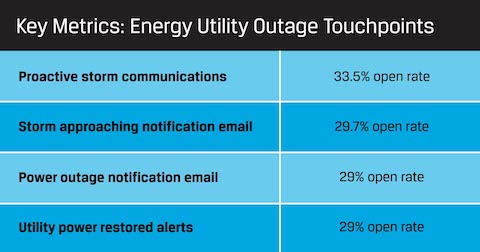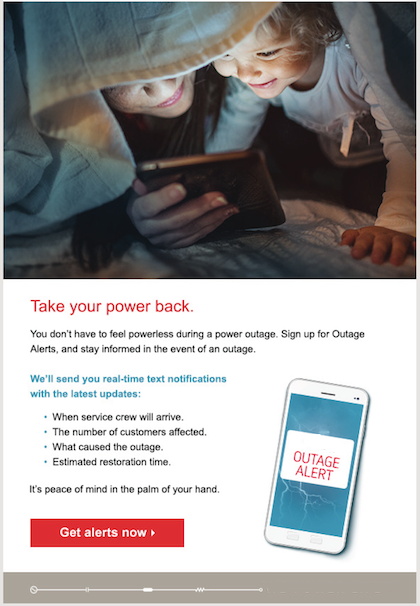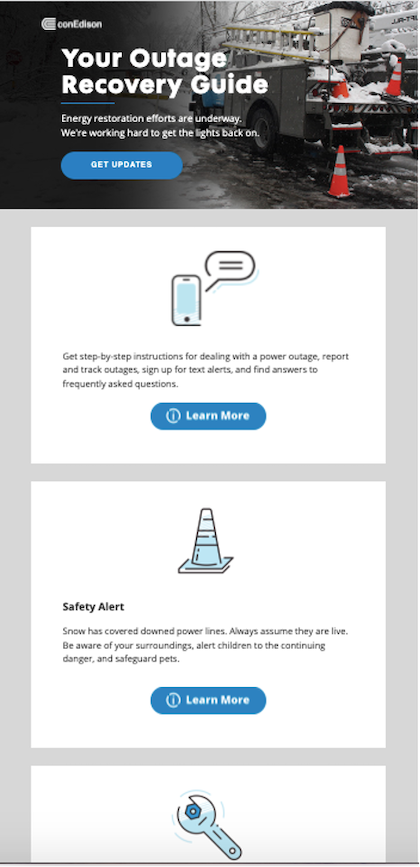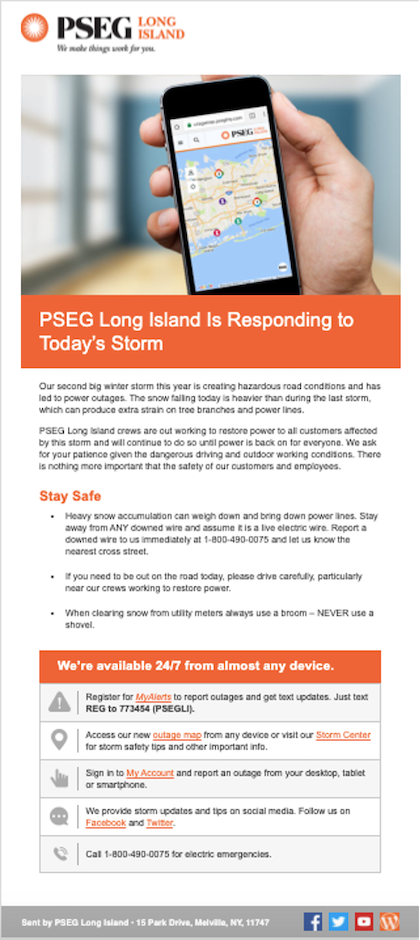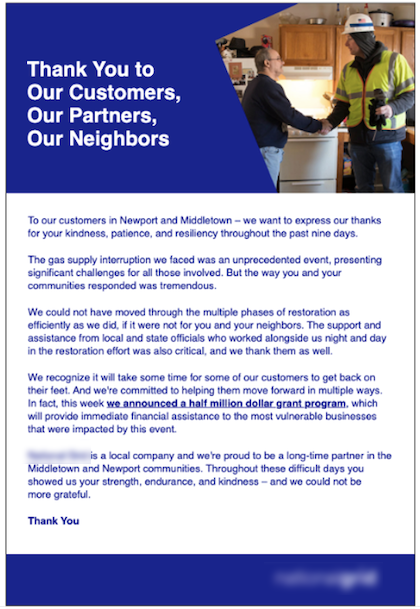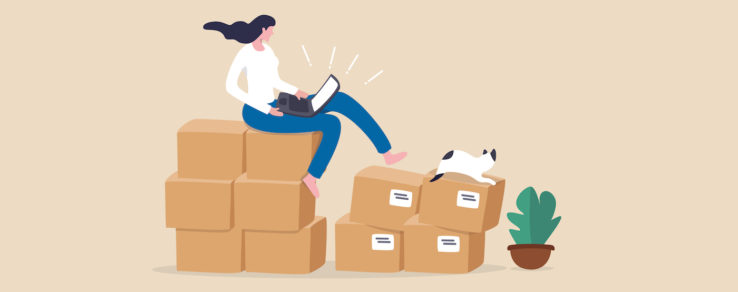Customer satisfaction is a key indicator of overall performance and a driver of long-term success for energy and water utilities. In an industry where reliability and trust are imperative, high utility customer satisfaction (CSAT) scores can lead to better regulatory outcomes, increased customer loyalty and a stronger brand reputation. For utility marketers, improving these scores isn’t just about meeting expectations; it’s about anticipating needs, communicating effectively and building lasting customer relationships.
Today, customers expect seamless, personalized experiences, whether checking their energy or water usage, paying bills or receiving updates during outages. Utilities that prioritize customer-centric strategies are better positioned to exceed these expectations and, in turn, boost their utility customer satisfaction scores. From clear communication to providing easy self-service options, there are several proven ways to positively impact how customers perceive and interact with your utility.
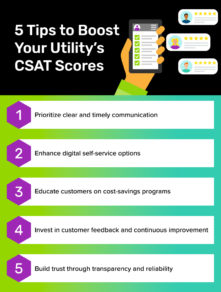
Tip 1: Prioritize Clear and Timely Communication
Clear and timely communication is the foundation for strong customer relationships. Utility customers want to be informed, especially during critical events like outages, rate changes or new program launches. Proactive communication can prevent confusion and reduce frustration, leading to higher utility customer satisfaction. Whether it’s a scheduled service update or an unexpected issue, letting customers know what’s happening and when they can expect a resolution is crucial.
The choice of communication channels also matters. Today’s customers are digitally connected and expect information to be delivered through their preferred platforms, whether email, text message, social media or a mobile app. Ensuring your utility’s communications are meeting and exceeding these customer expectations can significantly impact your utility customer satisfaction scores. Personalizing your communications can also help boost CSAT scores and can be as simple as using the customer’s name or as in-depth as providing relevant billing updates based on their account history.
With assistance from Questline Digital, Con Edison recently developed and deployed personalized customer videos to raise awareness and increase enrollments for its billing programs, including paperless billing, autopay and budget billing. The personalization campaign proved highly successful, with feedback showing that 96% of viewers found it easier to understand the various billing programs available to them and how to seamlessly enroll on their devices.
One survey respondent said, “First of all, I love the fact that it was personalized; they said my name, and then they also gave me actual facts about my bill and how this balance billing would affect me. I thought it was very concise but gave a lot of information.”
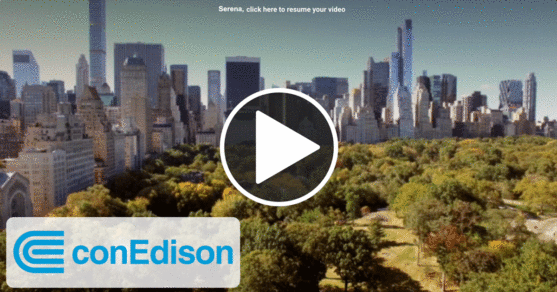
To excel at communication, utility marketers should also focus on transparency. Clearly explaining how changes, such as rate increases, will impact customers can build trust and reduce negative reactions. Consistently providing straightforward updates and being responsive to customer inquiries sets the tone for a more positive customer experience.
Tip 2: Enhance Digital Self-Service Options
Creating digital ways for customers to help themselves is no longer just convenient; it’s expected. Customers want quick, easy access to manage their accounts, pay bills and find answers to their questions. By investing in self-service tools, like user-friendly online portals, mobile apps and chatbots, you can empower customers to take control of their accounts on their own terms. When customers can find what they need without hassle, it boosts their utility customer satisfaction and reduces call center volume.
A frictionless self-service experience requires more than just offering digital tools, though. It requires making those tools intuitive and accessible. Prioritize the user experience by making platforms easy to navigate, offering clear instructions and ensuring everything is mobile-friendly. Features like tracking energy or water usage, outage reporting and billing changes should be easy to locate and use, leading to a more engaging and less frustrating customer experience.
While many customers will integrate themselves seamlessly with these self-service tools, your utility must also be aware and supportive of those who may not be as tech-savvy. Preparing an FAQ section, tutorial videos and other guided support options can ensure that customers of all skill levels can take full advantage of self-service features. By meeting customers where they are and giving them the tools to manage their accounts efficiently, your utility will see significant improvements in their utility customer satisfaction scores.
Tip 3: Educate Customers on Cost-Savings Programs
Customers increasingly expect their utilities to be more than just service providers. They also look to them for guidance on their energy or water usage. Educating customers on available energy- and water-saving programs is a win-win – it reduces customer consumption and costs while boosting program enrollments. By demonstrating that your utility looks out for their best interests, utility customer satisfaction will also increase. Whether promoting rebates, time-of-use rates or energy efficiency tips, customer education is a powerful tool for increasing satisfaction.
To successfully educate customers, make your content accessible and engaging. Complex topics can be broken down into easily digestible content, like infographics, videos and interactive content.
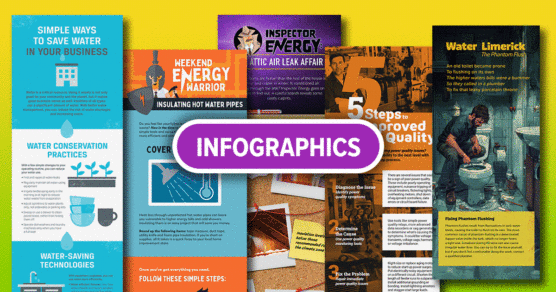
Consider delivering your content to segmented groups of customers, like business versus residential, to ensure that the right information reaches the right audience. The more relevant and personalized the content, the more likely customers are to engage and take action.
Additionally, your utility should consider the timing and frequency of your educational efforts. Promoting energy-saving tips during peak seasons, such as summer or winter, can align educational content with when it’s needed most. Consistently providing valuable and actionable information builds trust and demonstrates your commitment to helping customers save money, energy and/or water, driving higher utility customer satisfaction.
Tip 4: Invest in Customer Feedback and Continuous Improvement
Understanding what drives utility customer satisfaction starts with listening to your customers. By regularly gathering customer feedback through tools like surveys and social media, your utility can gain valuable insights into what’s working and where improvements are needed. More importantly, acting on that feedback shows customers that their voices are heard and their opinions can influence positive change.
Customer feedback can reveal pain points in the customer journey, from billing issues to service interruptions. Analyze this data and prioritize solutions that address common complaints and enhance the customer experience. Sharing the results of these improvements, such as new bill redesigns or program options, reinforces to customers that their feedback matters.
Closing the feedback loop is crucial for maintaining customer trust and high utility customer satisfaction. When customers see that their input leads to meaningful changes, they are more likely to engage with your utility’s future content and messages, which, in turn, drives high utility customer satisfaction scores.
Tip 5: Build Trust Through Transparency and Reliability
Trust is the cornerstone of customer satisfaction in any industry, and it’s typically earned through consistent transparency and reliability. In the utility industry especially, reliability is of the utmost importance. Customers expect their utilities to provide uninterrupted service, and when issues arise, they expect quick and accurate resolutions. Investing in infrastructure, maintaining clear outage communication plans and ensuring swift restoration efforts can demonstrate a commitment to reliability.
When it comes to transparency, whether providing clear billing details, openly communicating about rate changes or delivering on program commitments, customers want to feel confident that they are “in the know” about what is going on behind the scenes of their utility. Additionally, they want to know that their utility has their best interests in mind and is acting accordingly. Transparency about how and why decisions are made helps build that trust and reduces customer frustration.
Being upfront about potential challenges, such as service disruptions or long-term projects, and setting realistic expectations for resolution times shows that your utility respects your customers’ time. When customers know what to expect and are kept informed throughout the process, they’re more likely to view your utility as a reliable and trustworthy partner. And that trust? It will continue to drive high utility customer satisfaction scores.
A Roadmap to Increased Utility Customer Satisfaction Scores
Improving utility customer satisfaction requires a strategic focus on multiple initiatives, but none of them should come as much of a surprise. By prioritizing clear communication, education and transparency, your utility can develop stronger customer relationships where they feel valued, seen and heard. In response, customers’ trust and loyalty will further increase, driving utility customer satisfaction scores to a new level.
